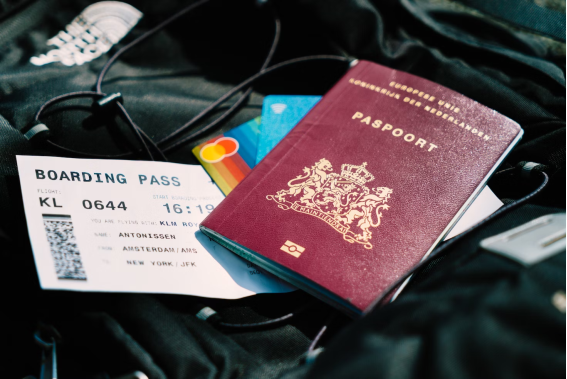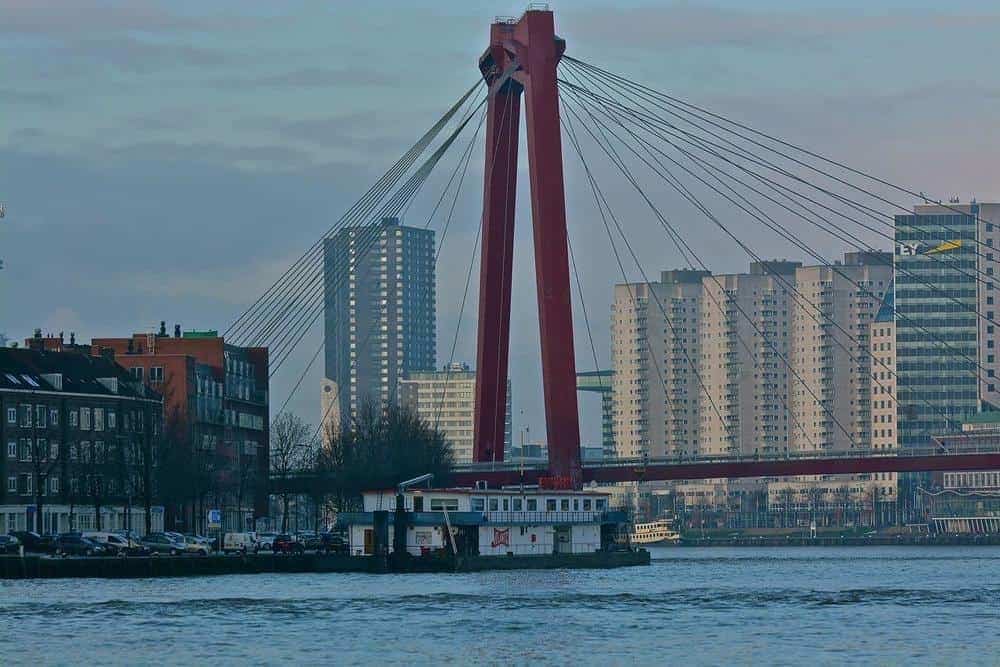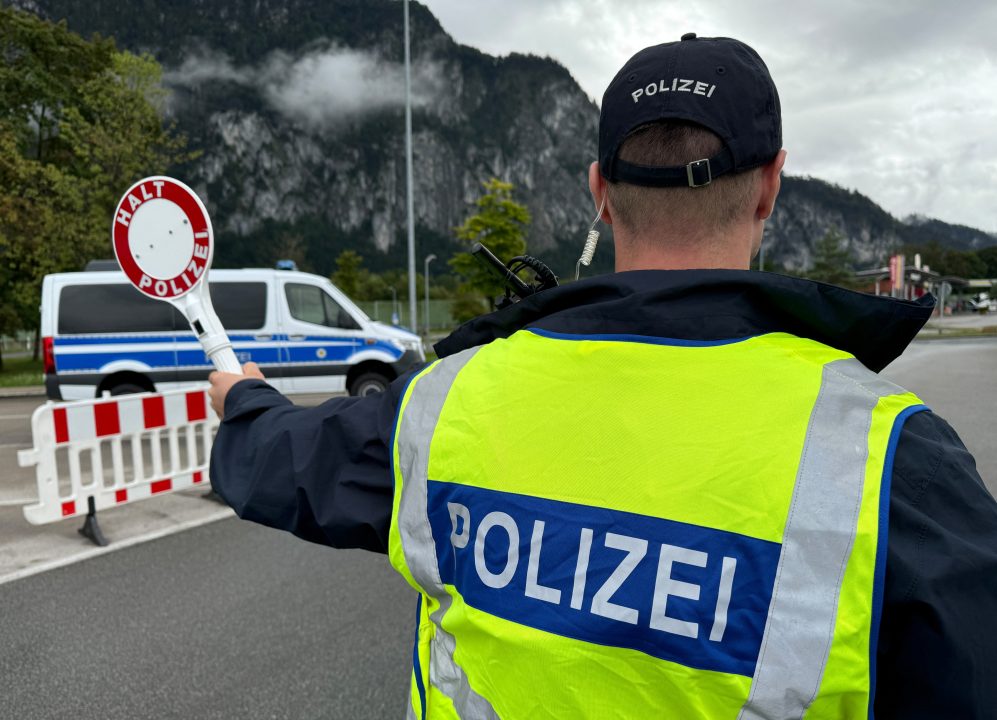The Schengen area in Europe was devised to allow more than 400 million people to travel freely between member countries without going through border control hassles.
So much for that idea.
In a significant move that threatens to torpedo the border-free Europe dream embodied in the EU, the Netherlands has joined Germany, France and a host of other countries in implementing enhanced border control measures.

Mirroring a policy initiated by Germany a couple months ago, the Dutch government is implementing extra checks at its land and air borders to tackle what it says irregular migration, Reports say the Netherlands will reintroduce temporary land border controls starting 09DEC.
Germany began enforcing restrictions in September, followed by France in October, as a result of multiple attacks by extremists. Austria has opted to prolong its internal border controls with Hungary and Slovenia for an additional six months, effective May 2025.
Current temporarily reintroduced border controls, which include land, air, and sea, are also in effect for Norway, Denmark, Sweden, Slovenia, and Italy, as outlined on the European Commission’s website.
Fodor’s reports that travel experts are worried that the restrictions will hurt the travel industry and daily commuters.
“While … governments have assured that the impact on freedom of movement will be limited, delays are anticipated. Additionally, there is a risk of a ripple effect that could weaken the Schengen Treaty. Other countries, including Norway, Austria, Denmark, Sweden, Slovenia, and Italy, have also implemented temporary border controls,” Fodor’s noted.
The Netherlands, which shares borders with Germany and Belgium, says spot checks will occur at numerous land border points. Random checks are already taking place, and illegal border crossings are being monitored, officials say, and enforcement measures may be strengthened to prevent illegal immigration.

The Dutch government and other European governments have said new border controls are vital to their efforts to combat illegal migration and human trafficking. The measures in The Netherlands are expected to last six months, Fodors said.
Dutch Migration Minister Marjolein Faber announced the border policy in a press release.
“It is time to tackle irregular migration and migrant smuggling in a concrete way. That is why we will start reintroducing border controls in the Netherlands from the beginning of December,” Faber stated in the Dutch government release.
“The measure is the latest effort by the country’s hard-right government to tighten immigration controls amid rising anti-foreigner sentiment across Europe,” according to EuroNews.com.
The Schengen Agreement facilitates the free movement of goods and people among European Union member states, making it one of the E.U.’s most significant achievements. Established in 1985, the agreement allows for unrestricted movement within 25 of the 27 EU countries, as well as Norway, Iceland, Liechtenstein, and Switzerland.

But the Schengen Borders Code (SBC) allows countries to temporarily restore border checks at their internal borders if there is a serious threat to public safety or security.
The European Commission has outlined existing border control measures designed to balance the freedom of movement within the Schengen Area with necessary security considerations.
“The reintroduction of border control at the internal borders must be applied as a last resort measure, in exceptional situations, and must respect the principle of proportionality,” the European Commission states on its Schengen website. “The duration of such a temporary reintroduction of border control at the internal borders is limited in time, depending on the legal basis invoked by the Member State introducing such border control.
“The scope and duration of reintroduced border control should be restricted to the bare minimum needed to respond to the threat in question. Reintroducing border control at the internal border should only be used as a measure of last resort.”
The EC document says the reintroduction of border control is a prerogative of its member states.
“The Commission may issue an opinion regarding the necessity of the measure and its proportionality but cannot veto a member state’s decision to reintroduce border control,” it says.
